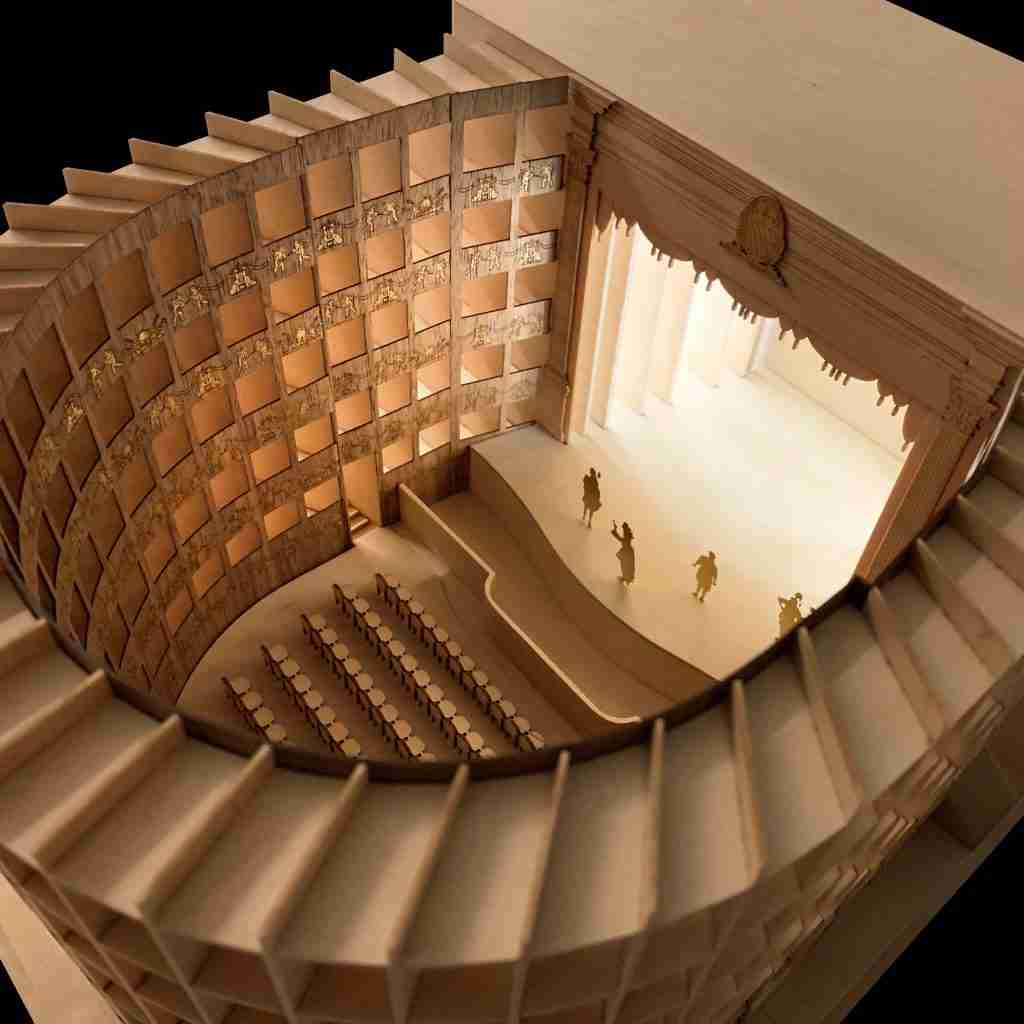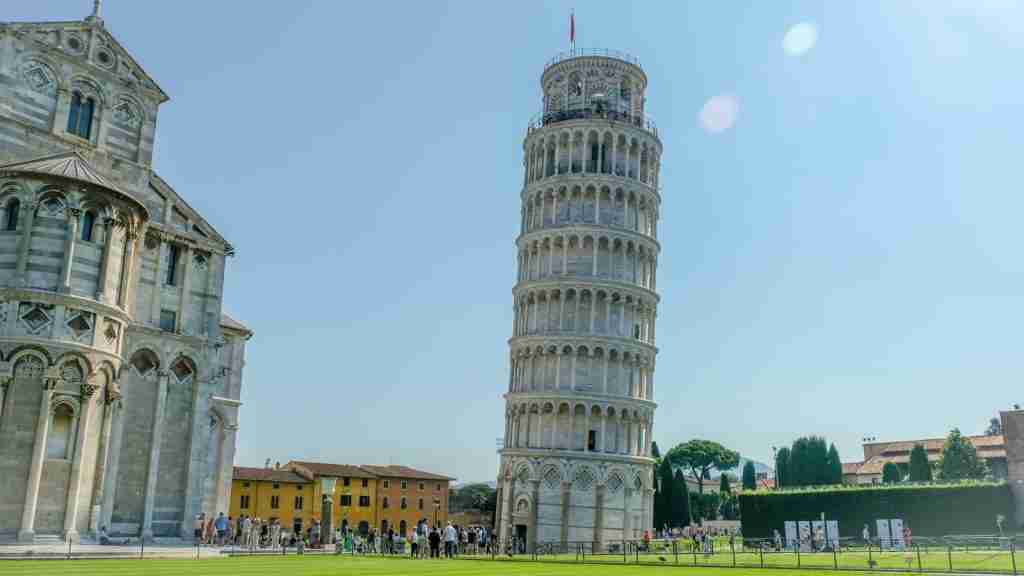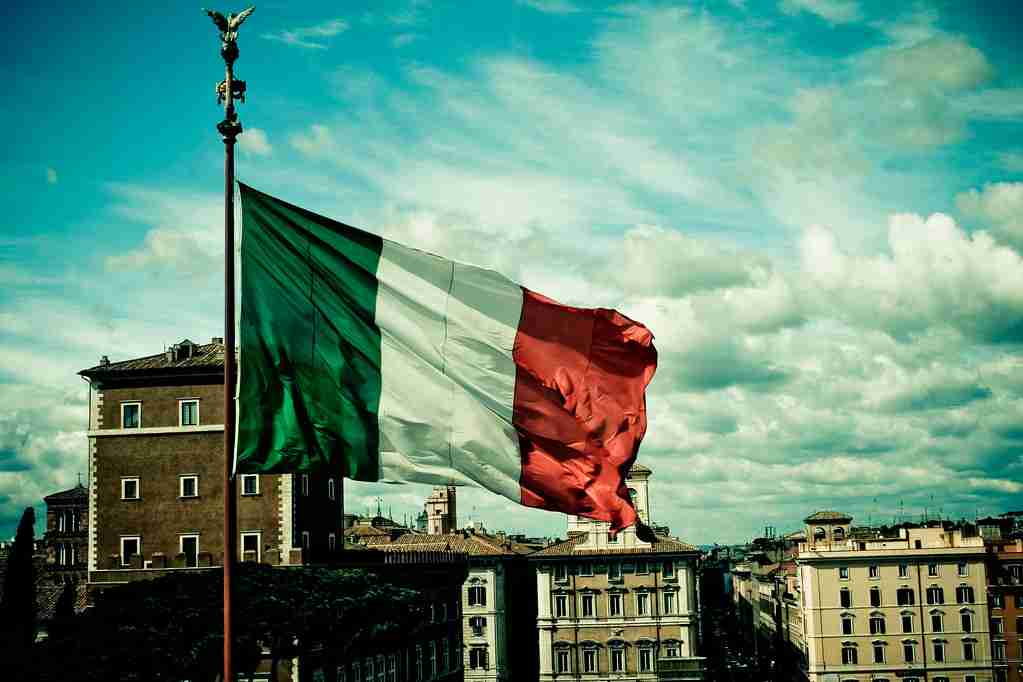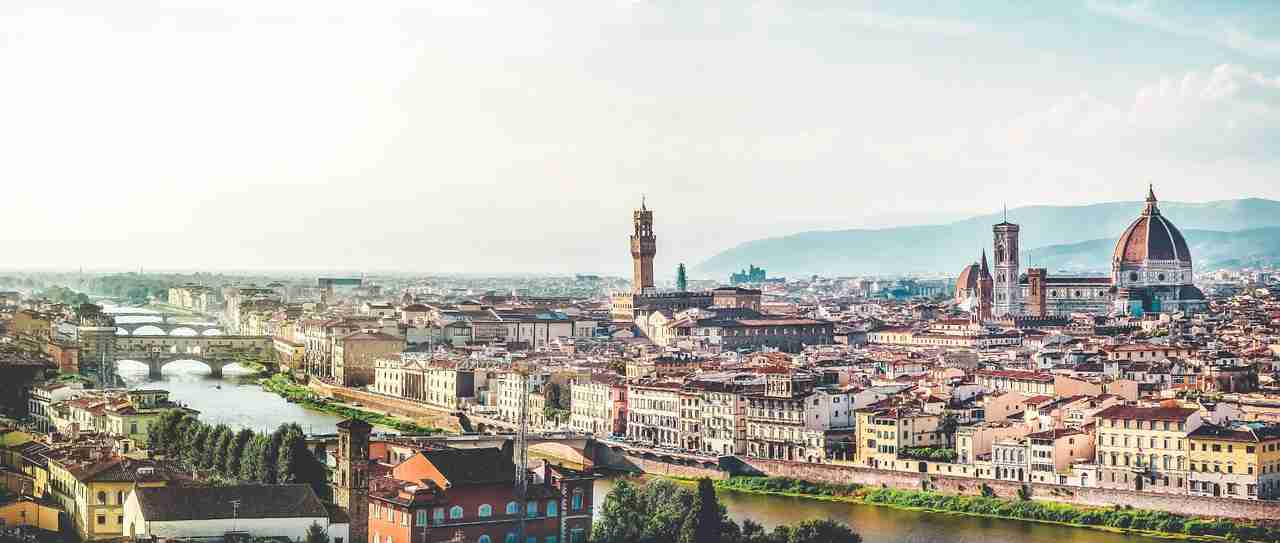26 Fun Facts About Italy | Espresso Originator
1. Italy has more UNESCO World Heritage sites than any other country.
Italy is a treasure trove of cultural and historical gems, boasting more UNESCO World Heritage sites than any other nation in the world. This remarkable fact highlights the country’s rich contribution to global heritage and its preservation of history.
From the ancient ruins of Rome to the Renaissance art of Florence, Italy’s diverse array of sites reflects its pivotal role in art, history, and science through the ages, making it a focal point for Italy.
2. Vatican City is an independent country within Rome.
One of the most unique facts about Italy is that it is the only country to have an entirely independent state within its capital. The Vatican City, home to the Pope and the heart of the Catholic Church, is a sovereign entity.
This city-state, not only a spiritual center but also a treasure trove of art and culture, boasts some of the most famous artworks in the world, including Michelangelo’s Sistine Chapel ceiling.
3. The Italian language has fewer words than English.
Italian, known for its melodic and expressive quality, actually has fewer words than the English language. This linguistic efficiency adds to the charm and nuance of Italian communication.
Despite its more limited vocabulary, Italian has made significant contributions to the arts, music, and culinary terms, enriching global language with expressions of beauty and taste.
4. Italy is the birthplace of the pizza.
The beloved pizza, a global favorite, has its roots in Naples, Italy. Originally a simple dish for the poor, it has evolved into a culinary phenomenon enjoyed worldwide.
The Margherita pizza, topped with tomatoes, mozzarella, and basil, was created to honor the Italian flag and Queen Margherita’s visit to Naples.
5. Italy has three active volcanoes.
Italy’s geographical landscape is as dynamic as its history, with three active volcanoes:
1.Vesuvius
2. Etna
3. Stromboli
These natural giants are not only significant geological features but also part of Italy’s cultural lore.
Vesuvius, in particular, is famous for the AD 79 eruption that destroyed Pompeii and Herculaneum, offering a glimpse into ancient Roman life and contributing to Italy that is both awe-inspiring and historical.
6. What makes Italian cuisine so unique and popular worldwide?
Italian cuisine stands out for its regional diversity, emphasis on fresh ingredients, and simplicity, allowing the natural flavors to shine. It’s also celebrated for its significant influence on food culture globally.
7. The Colosseum was capable of being flooded for naval battles.
The ancient Roman Colosseum, a marvel of engineering, was designed to be flooded so that naval battles could be reenacted for entertainment. This fact underscores the advanced architectural and engineering skills of ancient Romans.
These mock sea battles, or naumachiae, were a spectacle of the Roman Empire’s power and innovation, adding a fascinating layer to Italy centered around its historic ingenuity.
8. Italy invented the espresso.

The espresso, a cornerstone of Italian culture and daily life, was indeed invented in Italy. This strong, concentrated coffee has revolutionized how people around the world enjoy their coffee.
Originating in the early 20th century, the espresso machine has allowed for the quick preparation of coffee, highlighting Italy’s influence on global coffee culture and adding to the rich tapestry of Italy.
9. Italy is shaped like a high-heeled boot.
One of the most recognizable geographical fun facts about Italy is the country’s distinctive shape, resembling a high-heeled boot kicking a ball, which is the island of Sicily. This whimsical description captures the imagination and highlights Italy’s unique place in Europe.
This shape has not only made Italy easily identifiable on maps but also contributes to its diverse climates and ecosystems, from the Alps in the north to the sunny Mediterranean shores in the south.
10. Italy has the highest number of wine varieties, which is one of the interesting fun facts about Italy.
Italy’s contribution to the world of wine is unparalleled, with the highest number of indigenous grape varieties used in wine production. This diversity reflects the country’s rich viticultural heritage and regional variations.
From the robust reds of Tuscany to the sparkling Proseccos of Veneto, Italy’s wines offer a vast palette of flavors and traditions, embodying the essence of Italian terroir and culinary artistry.
11. The world’s oldest university is in Italy.
The University of Bologna, founded in 1088, holds the title of the oldest university in the world. It’s a cornerstone of European intellectual history, embodying the continent’s commitment to scholarship and learning.
This institution’s continuous operation over centuries showcases Italy’s long-standing tradition of education and innovation, making it a highlight among Italy facts for those interested in the history of education.
12. The world’s first public opera house opened in Venice.

In 1637, the world’s first public opera house, Teatro San Cassiano, opened its doors in Venice. This event marked a significant shift in the accessibility of the arts, making opera a form of entertainment for the general public, not just the elite.
This democratization of culture underscores Venice’s role in the evolution of music and theater, highlighting Italy’s enduring impact on the performing arts and adding a lyrical note to Italy.
13. What are some key aspects of Italian culture?
Italian culture is known for its rich history in art, architecture, music, and cuisine. Family and community play a central role, as does the celebration of festivals and traditional customs.
14. Italy is the fifth most visited country in the world.
With its rich cultural heritage, stunning landscapes, and renowned cuisine, Italy ranks as the fifth most visited country globally. Tourists flock to Italy to experience its unparalleled art, history, and gastronomy firsthand.
This popularity underscores Italy’s appeal as a travel destination, offering visitors a deep dive into a culture that has shaped Western civilization, contributing to the compelling Italy that fascinates travelers.
15. Gelato was invented in Italy.
Gelato, Italy’s version of ice cream, was invented in the 16th century, attributed to Florentine Bernardo Buontalenti. This frozen dessert is denser and has less fat than traditional ice cream, offering a richer taste experience.
The invention of gelato is a testament to Italy’s culinary innovation and its enduring impact on global cuisine, serving as a delicious point of interest in Italy fun facts.
16. The Italian wolf is Italy’s national animal.

The Italian wolf, once widespread across the Italian Peninsula, holds a special place in Italy’s natural and cultural heritage as the national animal. This species symbolizes the wild beauty and ecological diversity of the Italian landscape.
Revered in Roman mythology and a symbol of Rome’s founding story, the Italian wolf’s significance goes beyond its ecological role, weaving into the fabric of Italy’s historical identity.
17. Italy has a fountain that flows with red wine 24/7.
In the Abruzzo region, there exists a fountain that dispenses red wine around the clock, free of charge. This unique attraction highlights Italy’s deep-rooted love affair with wine and its desire to share this passion with the world.
Located in the Dora Sarchese vineyard, this fountain is a testament to the country’s generosity and its pivotal role in wine culture.
18. Italy introduced the concept of quarantine.
The concept of quarantine has its origins in Venice, Italy, during the 14th century, as a response to plague outbreaks. Ships arriving in Venice were required to isolate for 40 days to prevent the spread of disease, a practice known as “quarantino.”
This early public health measure reflects Italy’s role in developing strategies to combat pandemics, adding a historical perspective to Italy related to medicine and science.
19. What is the significance of music in Italian culture?
Music is a fundamental aspect of Italian culture, with a history that spans from classical opera to contemporary pop. Italy is the birthplace of opera, and its musical tradition has influenced composers, musicians, and singers worldwide.
20. The Leaning Tower of Pisa was never meant to lean.

The Leaning Tower of Pisa, one of Italy’s most iconic landmarks, was originally designed to stand vertically. Its famous tilt is due to the unstable foundation on which it was built, a flaw that turned into its most distinguishing feature.
This unintentional engineering mishap has captivated the world’s imagination, making the tower a symbol of human ambition and resilience, and a must-mention in any discussion about Italy.
21. Italy has a free wine fountain.
In addition to the red wine fountain in Abruzzo, Italy also boasts a fountain in Caldari di Ortona that dispenses locally produced wine free of charge to pilgrims and tourists.
This initiative reflects the region’s hospitality and the cultural significance of wine in Italian society.
Such unique attractions underscore Italy’s dedication to wine culture and its role in promoting local traditions, adding an intriguing element to Italy.
22. The name ‘Italy’ comes from the land of young cattle.
The name Italy derives from the word ‘Vitulus,’ meaning ‘young cattle,’ a term used by the ancient Italics to signify prosperity and fertility associated with their land.
This etymology reflects the agricultural richness and cultural significance of cattle in early Italian societies.
Understanding the origin of the name adds depth to Italy, highlighting the country’s historical connection to the land and its resources.
23. Italy was the first country to adopt the metric system.
In 1861, Italy became the first country to adopt the metric system officially, leading the way in standardizing measurements. This decision marked a significant step towards modernization and scientific standardization.
This historical move not only facilitated trade and communication but also underscored Italy’s role in promoting innovation and progress.
24. The Italian flag was inspired by the French flag.

The design of the Italian flag, with its green, white, and red tricolors, was influenced by the French flag introduced during Napoleon’s 1797 campaign in Italy. Each color represents different aspects of Italian society and landscape.
This connection highlights the shared history and influence between Italy and France, and the broader European context of national symbols.
25. The tradition of ‘passeggiata’ is a cherished Italian evening ritual.
The ‘passeggiata’ is an evening stroll that Italians from towns and cities alike partake in. This tradition is a way to socialize, relax, and enjoy the beauty of their surroundings, reflecting the Italian emphasis on community and quality of life.
As a cultural practice, the passeggiata embodies the Italian spirit of leisure and appreciation for the finer things in life, making it a charming inclusion in Italy.
26. Italy was the birthplace of the Renaissance.
The Renaissance, a period of extraordinary artistic and intellectual achievement, began in Italy in the 14th century. This cultural movement transformed the Western world, with Italy at its heart.
The works of artists like Leonardo da Vinci, Michelangelo, and Raphael not only define the period but continue to influence art and thought worldwide, making the Renaissance a central chapter in Italy.
FAQs
Italy has a unique tradition called “il caffè sospeso,” where people pay for an extra coffee that can be claimed later by someone who can’t afford it, showcasing the country’s culture of generosity.
Italy’s economy is notable for its manufacturing sector, especially in luxury goods, automotive, and design. It’s also a world leader in wine production and has a significant tourism industry contributing to its GDP.
Introducing Italy to preschoolers can be fun through interactive activities like making simple Italian dishes together, learning Italian songs, exploring Italy’s colorful geography and landmarks through storybooks, or crafting inspired by Italian art.
Italy initially joined World War II as a member of the Axis powers, allied with Germany and Japan. However, in 1943, Italy signed an armistice with the Allies, and the country became a battlefield for the remaining years of the war, leading to a period of struggle and reconstruction post-war.







